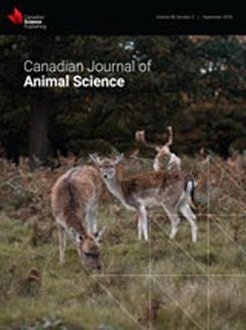Camels are considered as integral and notable components of the heritage of the Kingdom of Saudi Arabia. Genetic variabilities within and among four camel populations in Saudi Arabia were evaluated using 21 simple sequence repeat (SSR) loci of 122 unrelated individuals, including three indigenous breeds [Humur (HA), Zurg (ZR), Shuguh (SG)] and one exotic breed [Sudanese (SN)]. Nineteen SSR markers generated multilocus fingerprints with a total of 225 alleles, a range of 4–23 alleles per locus, and an average of 9, 7, 7, and 6 alleles per locus in HA, ZR, SG, and SN populations, respectively. The mean multilocus FST value (0.034 ± 0.005) showed non-significant population differentiation. Mean observed heterozygosity values were 0.908 for HA, 0.860 for ZR, 0.919 for SG, and 0.887 for SN, which were higher than the expected heterozygosity. An excess of heterozygotes was observed, suggesting the presence of overdominant selection or the occurrence of outbreeding. Pairwise genetic distances indicated that the three indigenous camel breeds were genetically close to each other and genetically distant to the SN population. This genetic variability assessment by microsatellite analysis is important and useful for the conservation of local camel genetic resources as well as the future development of breeding programs.
How to translate text using browser tools
13 November 2019
Utilization of microsatellite markers in genotyping of Saudi Arabian camels for productivity and conservation
Ahmed Hossam Mahmoud,
Mohammad Abul Farah,
Ahmed Rady,
Khalid Mashai Alanazi,
Osama Mohammed,
Nabil Amor,
Mohammed Alshaikh,
Riyadh Aljumaah,
Mahmoud Salah,
Amgad Saleh
ACCESS THE FULL ARTICLE
It is not available for individual sale.
This article is only available to subscribers.
It is not available for individual sale.
It is not available for individual sale.
conservation
dromedary camel
genetic variability
microsatellite
population structure





